Ficha 4 × 1
Date: 14/01/2013 to 16/01/2013
Saímos of: Caye Caulker (Belize City) – Belize
Total distance: About 120 km
Where to sleep: In tents. In the wave of the small hotel garage (style inn) named Pinky Cullerton, where he also lives Mrs. Pinky - the owner.
Filled Tire : Contact with the Garifuna culture and the experience of attending classes alongside children 5 the 12 Belizean years in college was something really transformative!
Final destiny: Dangriga – Belize
Travel time: Just over 2 hours.
What we eat good: The dishes prepared by Mrs. Pinky reminded us our very Comidinha Brazilian homemade. Rice, salt, cooked vegetable, salad with a steak or chicken breast.
Tire murcho: Unfortunately like all continental cities belizenhas, Dangriga is not yet prepared to attract tourism denser by the lack of hotels, restaurants and the museum itself Gulisi Garifuna not receive maintenance for a long time.
Path: Belize has only a few main roads. We followed the signs for the Western Highway.
"Leaving the bustling Belize City we walked away from the north coast and Belizean adentrávamos a little more inland. The road that led us to Dangriga cut saws and fertile fields where one could observe large monoculture fields of sugar cane and orange - two of the main export products of the country. Also we could see peasant communities of mixed origin who lived on agriculture, Maya and their descendants. Unlike Belize City, the villages there were more clean and well cared for and the road gave off a delicious scent of flowers that accompanied some parts of the main highway of the country. And to redownload the coast would have one of the richest cultural experiences we had in Belize, and maybe Central America: contact with Garifuna culture!”
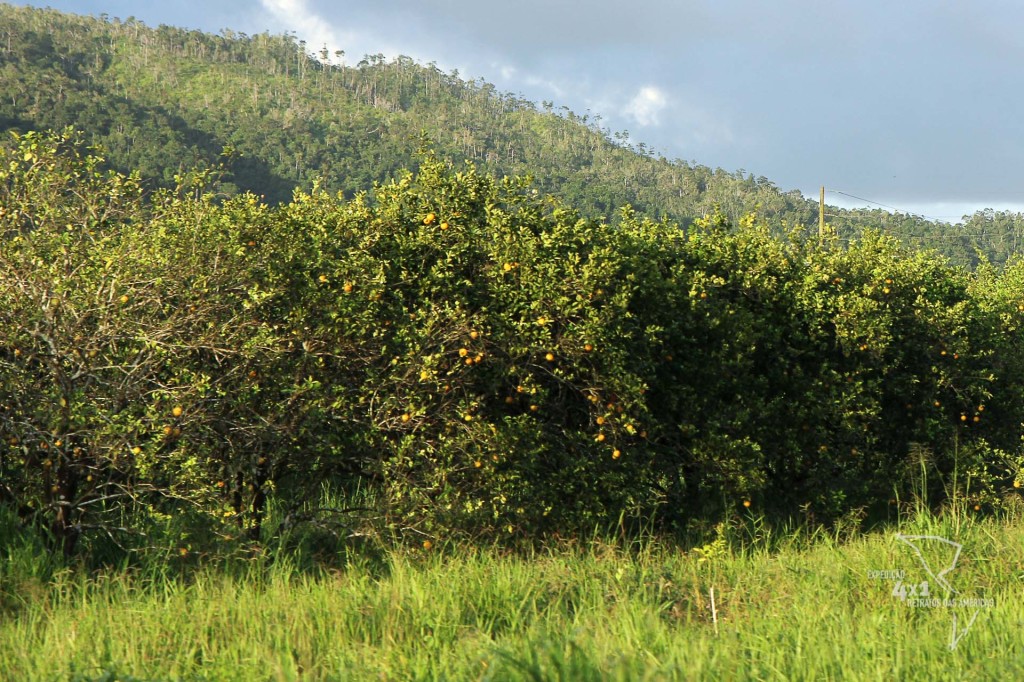
The strong and pleasant smell of the orange trees along the roads Belizenhas still denounce the country's heavy dependence on monoculture.
Passing through Dangriga has begun in unusual ways. As soon as we got a corner to open our tents on the outside of a small inn, two university professors and their student group, All Americans, bombarded us with questions! The group of about 15 young, in the range of 19 years old, were perplexed to see a Brazilian car, with 5 grown men, that ran the Americas in their colorful tents, and stopped there! the inn where they were staying! (And they can not imagine how we were also curious to know what they were doing there also!) After you answer the many questions that we are used, as "as had the idea?”, "How long planned?”, "How to live in 5 people so intensely?”, "What is the biggest difficulty faced?”, etc., etc., found that young people were, mostly, first anistas college Holy Cross Catholic College, the U.S. state of Massachusetts.
For nearly a decade, o Father John (Father coordinating a group) leads, annually, a group of students from different courses from the humanities to Belize, an activity of exchange and cultural immersion. Groups, mostly composed of girls, are usually students interested in becoming teachers. From different disciplines as Pedagogy, Psychology, Social Sciences, etc., young people enjoying their vacation from college to reconcile the opportunity to live for a few weeks in an English speaking country, and underdeveloped, (a reality TOTALLY different from what they are accustomed) with the possibility of exercising techniques and concepts learned in their courses, permeating an exchange with the local teachers. Being very new, end up absorbing much of the experience of being alongside more experienced teachers! A very nice!
Dinner prepared and served by Mrs. Pinky (the owner of the inn), reap some tips with the group and depart the next morning to discover the amazing history and relevance of Dangriga to Belize: the culture of the Garífuna people!
Early in the morning we set off for the small and humble museum called 'Garifuna Museum Gulisi' and with the guidance of a Garifuna woman herself (appropriately dressed as a typical Garifuna) we traveled in time warp, for a story far removed from what we used to learn in Brazilian schools…
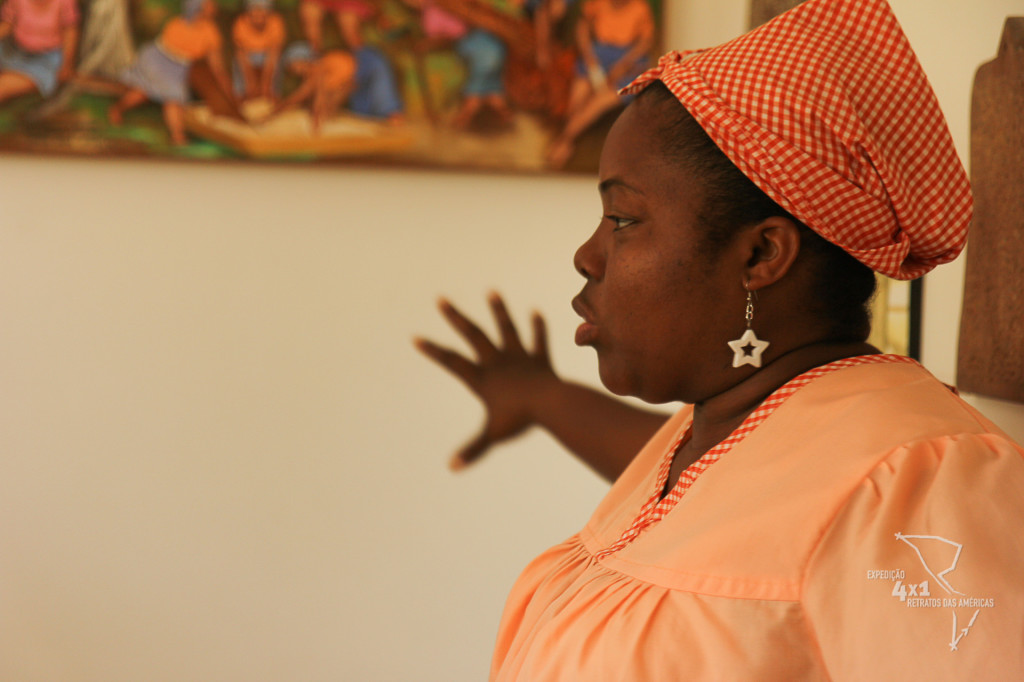
The Garifuna lady who received us very well and had great pleasure in telling us the history and cultural traditions and food of its people who live across the Caribbean coast of Central America. (No museu ‘Gulisi Garífuna Museum’, em Dandriga- Belize)
Everything goes back to the arrival of the Kalinago people (Indians from the region of the Orinoco River Delta - current Venezuela) the island of São Vicente (Current 'Saint Vincent and the Grenadines'), no Caribbean. Brave Warriors, the Kalinagos soon clashed with Arawks, primitive Caribbean, living in the region. With the death of most men, Kalinagos the women did their wives Arawks, miscigenando both races and forming what later the British would call 'Red Caribs’, or 'Red Caribs'.
No entanto, around the years of 1635 the 1675, men of African origin arrive on the island. As well?! For it is, the British had a hand in it there… é clear! Survivors of ship wrecks several British (carrying Africans to work as slaves in their provinces in the islands of the Antilles these men swam to the coast of St. Vincent in search of freedom and start a new life. But as soon as they found living there, the 'Red Caribs' have left cheaply. After numerous conflicts between them and miscegenation (attended to with a few Spaniards who were there too), a piece of black prevailed, adopting much of the local cultures and forming a new "ethnicity" on the island: the "Black Caribs’, or 'Black Caribbean'. This new population 'Black Caribs'Becomes known later as Garífunas!
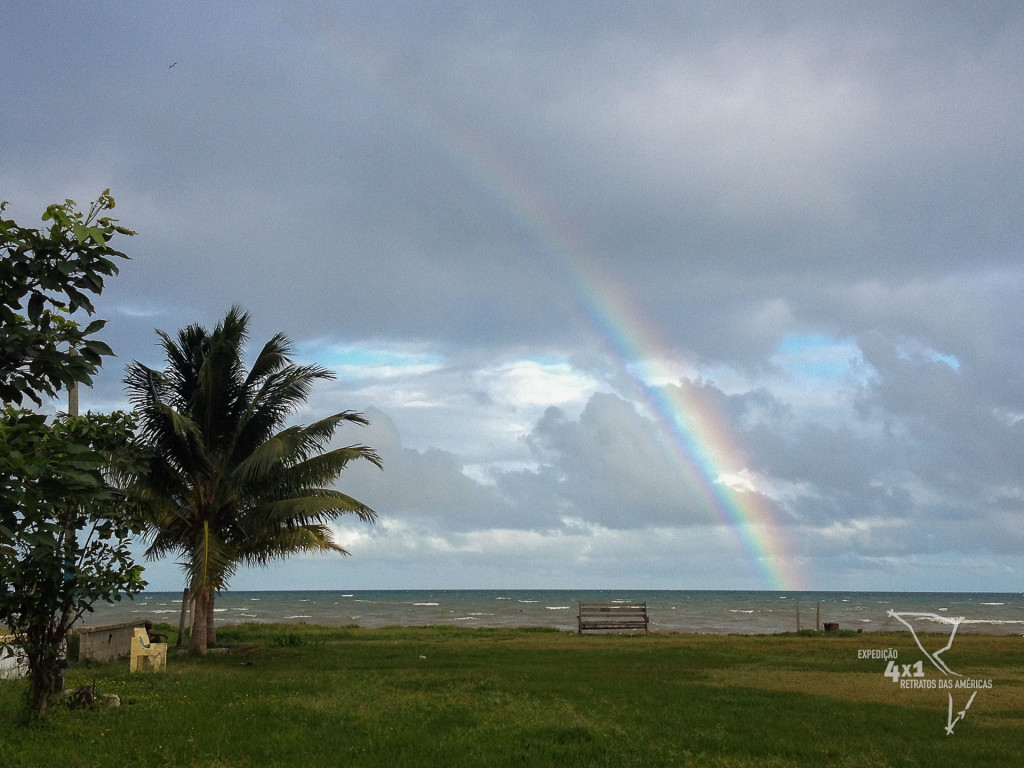
The Caribbean Sea (in this photo, in front of Dangriga – Belize) witnessed – centuries – the struggle of African survivors of shipwrecks of the British ships that transported as slaves. Blacks swam to the Caribbean islands in search of freedom.
From 1750 the island of São Vicente was divided between 'Red Caribs’, os Garífunas (or 'Black Caribs’) and a group of French. French?! Yes, expelled by the British from other Caribbean islands and who had also played with the local Caribs for a piece of land for cultivation. No entanto, the arrival of the English cause a great disturbance in the island.
The British wanted to dominate the entire island to expand its lucrative sugar and slave markets and, so, take full control of the islands of the Antilles. This sparked a war over 32 years between the English against the Garífunas, that earlier had the support of the French. After many battles and deaths, the British finally took full control of the island: expelled the French and achieved the surrender of Garífunas.
No entanto, as the Garifunas were black skin, their freedom to come and go island bothered by the English plan to enslave blacks brought from Africa in Garífunas who saw a chance to also become free. Thus begins a chase that Garífunas to start to seek residence in the West Indies and other islands until they reach the coast of Central American countries. During this period the total number of Garífunas barely passes the house 200 people!!! Ultimately, after the independence of the Central American countries against Spain, as Honduras, Guatemala and Nicaragua, most Garífunas migrated to Belize where a large population of Garífunas already living in the town of Dangriga: who for many years was the second largest in the country!
Around 1920, Thomas Vincent Ramos sought help public health community and creating institutions to support the Garifuna people in order to maintain their teadições. In 1941 was created a holiday (19 November – date of their arrival in Belize) in celebration of Garifuna heritage.
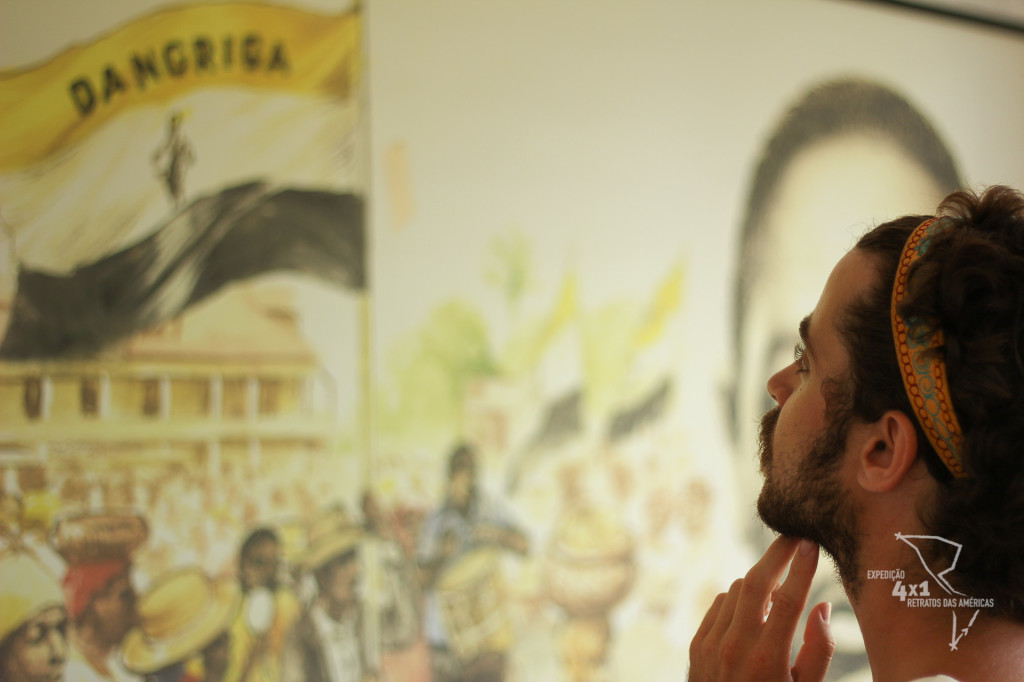
The mural displays some traits of the Garifuna culture which is currently spread over almost the entire Caribbean coast of Central American countries. Featured, the flag of Dangriga of the major cities of the Garifuna culture today. (em Dandriga, Belize)
The museum we visited Gulisi is named after one of the first women to reach Belize Garífunas with their 13 children, initiating the occupation of the territory and the first settlements. The story of Gulisi and his arrival in Belize via oral history was transcribed by his granddaughter. The Garifunas are now everywhere in the small town of Dangriga which has only 9 thousand inhabitants (Belize whole has only 356 thousand!). Your Language, that contrary to what many think, There is nothing African. It consists primarily of the tongue 'Red Caribs’ (Arawk and Kalinago - source of indigenous South Americans) and English influence, French and a little Spanish. Besides the language, sua cultura, music and folk dancing is considered by UNESCO as a Masterpiece of Oral and Intangible Heritage of Humanity!
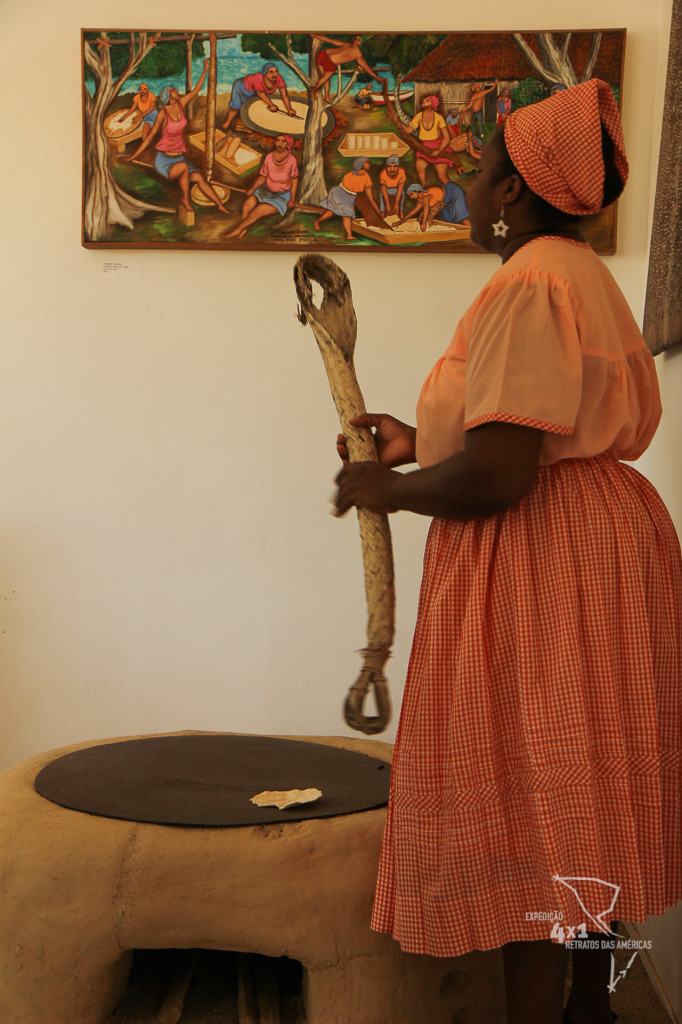
The lady shows us what we know as' Tipiti’ (instrument of braided straw used to extract the juice of ground cassava and make it dry) in front of the table illustrates the cassava. Below, one plate used for toasting dried cassava leaving the Tipiti.
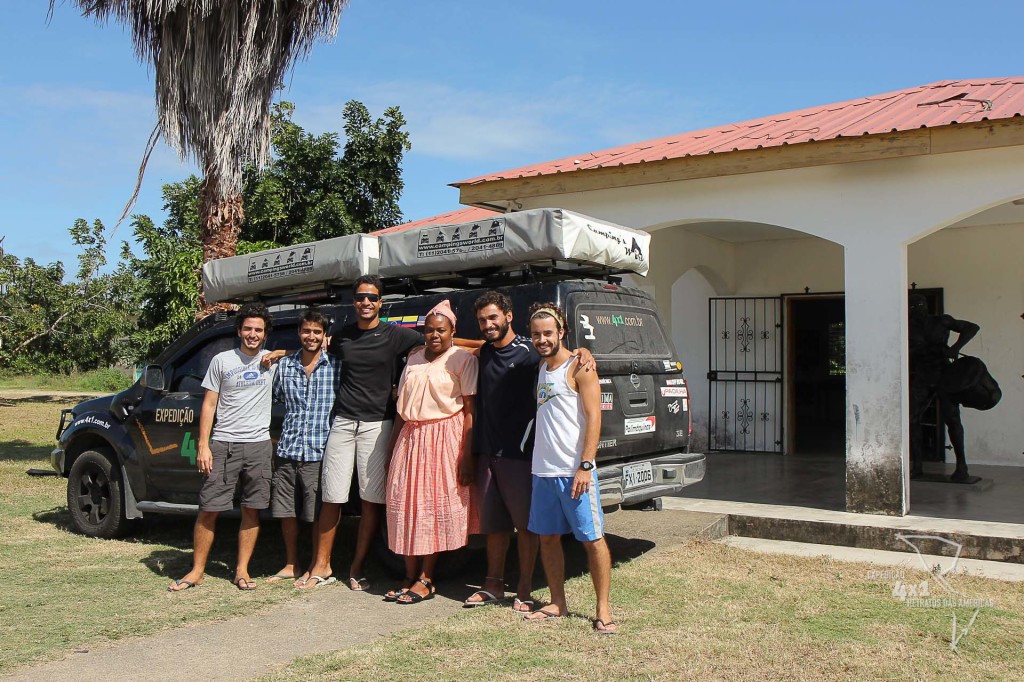
A turma 4×1 gathered in front of the museum 'Garifuna Museum Gulisi’ with our friendly guide Garifuna. (Dangriga – Belize)
In Dangriga we also have another amazing experience. With the permission of Father John and accompanied by 3 American students, Expedition 4×1 back to school! We left early for Holy Ghost School to know closely a real classroom Belizenha! In divided into 2 groups not to disrupt the very classrooms. We stayed at the college for two shifts 45 minutes each and we witness two classes from two different disciplines and age ranges: between 5 the 12 years old.
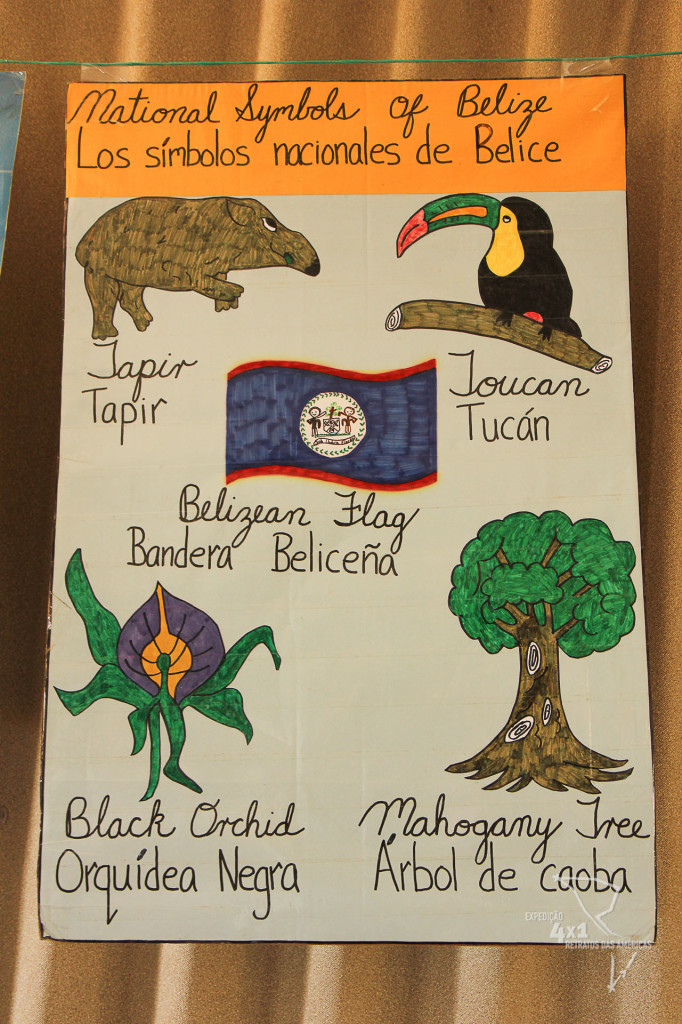
A comic hanging in the room, helps students memorize the national symbols of Belize. And you know what are the official symbols of Brazil? Unlike Belize which also has elements of flora and fauna, our restricted to Brazil Flag, National Arms (Coat or National), the national anthem and the National Seal.
We must admit that this experience played strong in our hearts. Never again be imagined sitting in the portfolios of a smorgasbord of classes of primary. It was nice to be back at school… join the call, see the backpacks neat, follow the teacher with a book and see the kids raising their hands to answer a question. Further around children so dedicated and participatory!!! Sometimes giving up desire to raise his hand to answer a question of mathematics or geography. The excitement of the children to participate in the class is similar to adult happy to interact with us in the streets. Coolest is still see the teacher changing language between English and Garifuna to explain some things students!
At the end of class, we had a great opportunity to talk with teachers belizenhas, they told us feel very proud of what they do. Not only that school, but from what we saw in the afternoon hiking we do while we were there in Dangriga, schools were always full of students at certain hours! All uniforms and uptight and elegant. Anxious waiting for the signal to leave the yard and play ball (in one of the late afternoon we were there, among more than 20 young blacks, average, 1,80m height! Needless to say how much flew on bumps, nor?! hahahaha) Returning to the subject of education, by the teachers told us, and to see the enthusiasm of the children in the classroom, just wait for the next few years we see a picture of change in the country for the better! After all it is necessary to reverse the current social and economic situation of a people that has been highly exploited by the British and now basically depends on the export of agricultural commodities such as sugar cane, citrus fruits and bananas. But it was sad to know that students have a rate of only 25 belizenhos dollars (Search R $ 25,00) annual pay for school and yet between 25 the 40% not afford to pay!
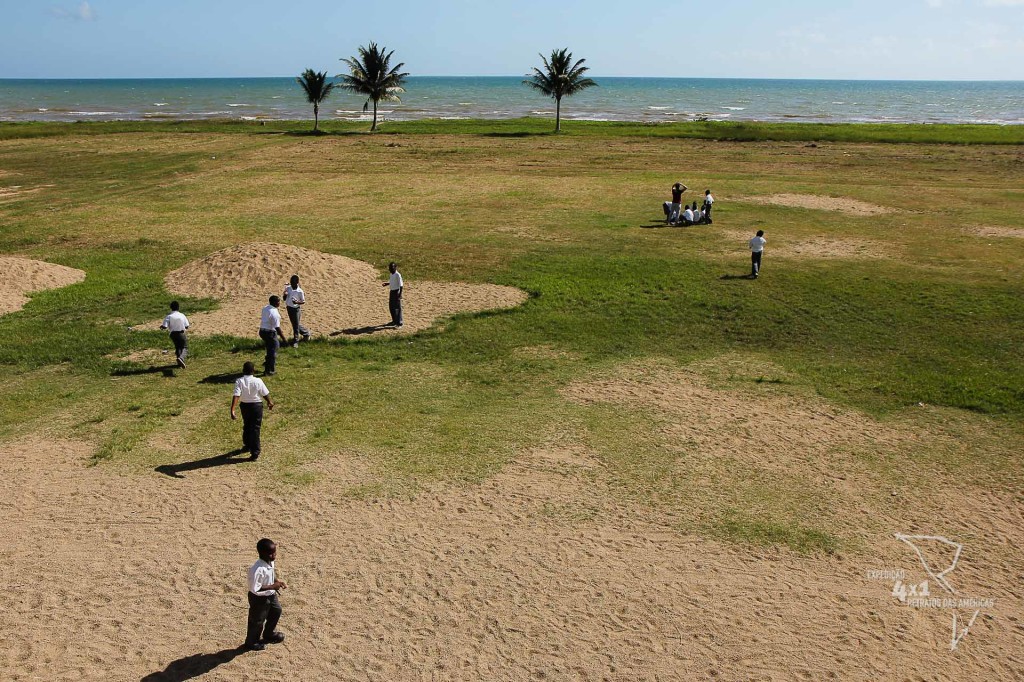
Students rush to enjoy the recreational! Now, imagine having a school with a privileged view of these?!
In one of the late afternoon we were also accompanied by a gentleman and scruffy wanderer who told us that, exchanged for a, offered us the "tour" the city. Earlier suspect, but after a short conversation, we run into the ride. Telling stories and greeting local, you took us to see the live work of master craftsman Dangriga: Mr. Austin Rodriguez. In his humble workshop by the beach, Mr. Rodriguez has been producing for years the most famous drums that are sold throughout Belize and helps keep the musical tradition of the Garifuna people.

Privilege to watch the master craftsman Austin Rodriguez concocting one of his very well-crafted drums – em Dangriga, Belize.
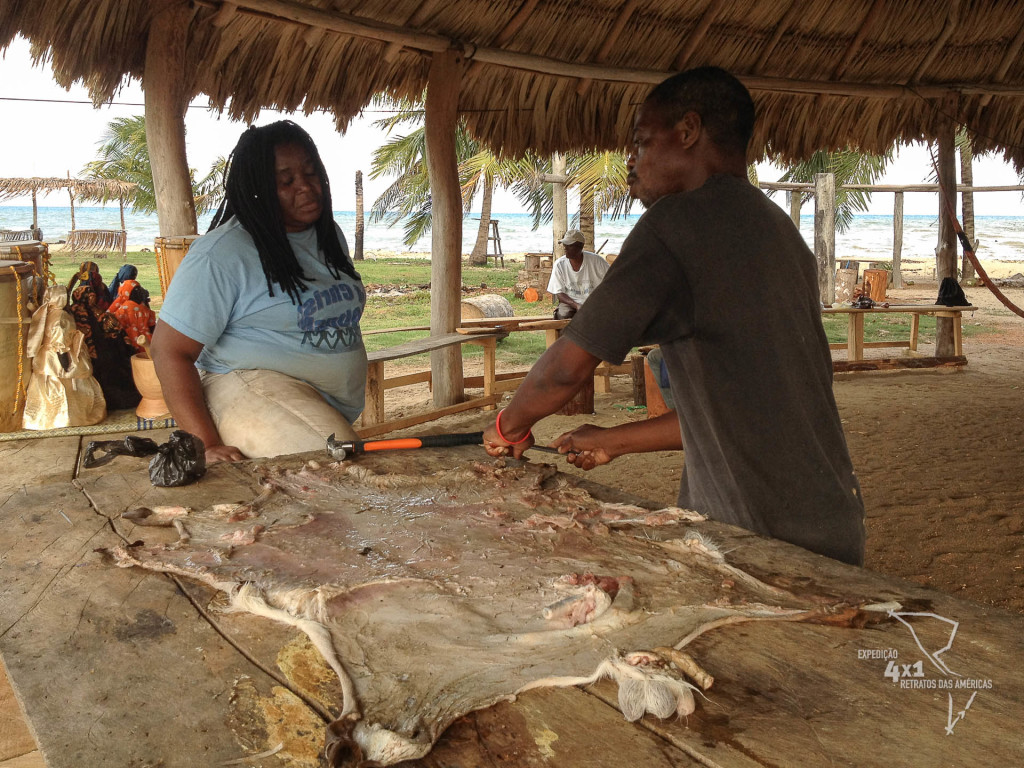
His team removing the skin (a goat) that will be used for the manufacture of drums. Note that your workshop is simple and oceanfront!
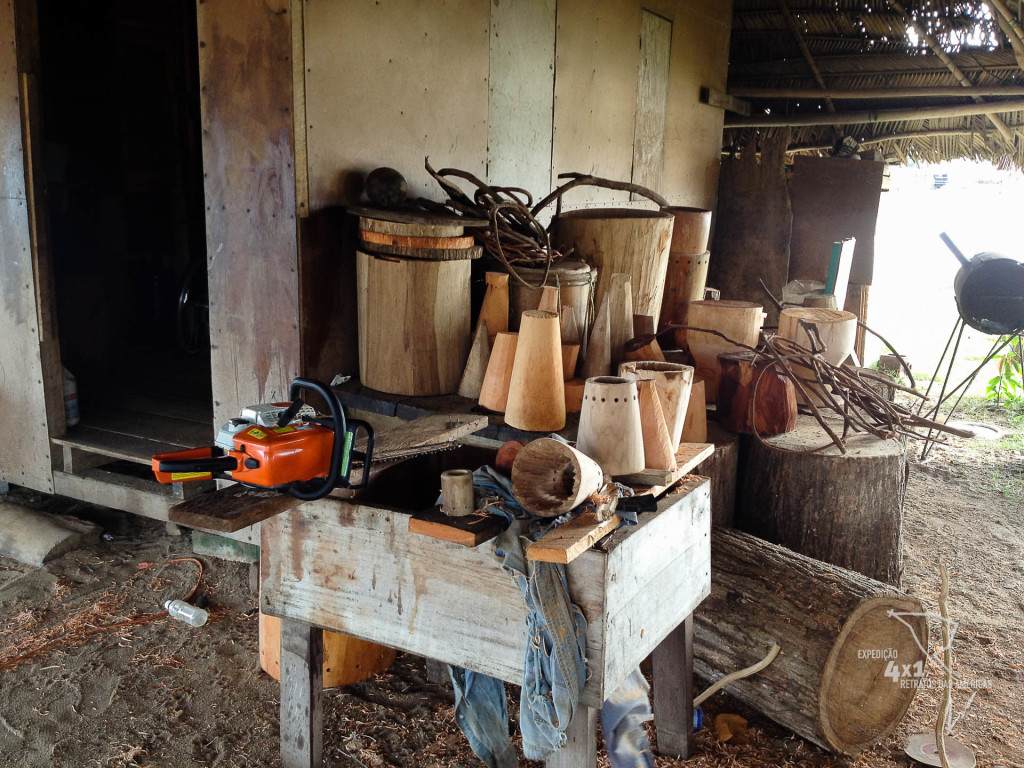
The drums trunk wood in various sizes alinhandos, waiting for the final finishing and placement of goatskin.
During the Christmas holidays and New Year, the Garífunas performam a typical dance called Wanaragua. It, young male female wear masks and dress in women's clothing (from head to toe in some kind of disguise) and dance to the beat of the drums (such as those made by Mr. Rodriguez). This dance keeps alive an oral tradition Garifuna about a strategy developed by one of its top leaders: Satuye. The story goes that his men Satuye dressed as women to surpreenderem the English who came into their properties "innocently" without waiting male resistance. So, so clever, the British were surprised by the false-women Garífunas that disarmed and defeated.
The Garífunas Belize are currently around 15 thousand people and represent approximately 30% the total in the world (mostly in Central America). They are everywhere in the small city of Dandriga: be in classrooms, in craft shops, fishing or trade. Are a great example of resistance to European colonization and the struggle to preserve the richness and uniqueness of the wealth of a people. In their case, to exceptional Afro-caribenha!





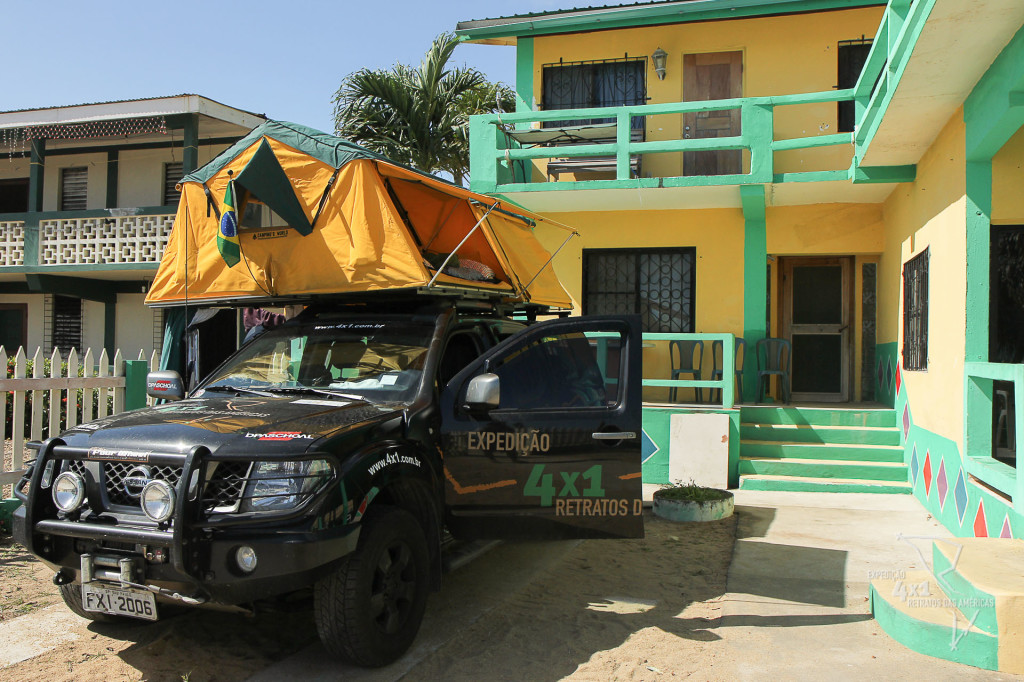


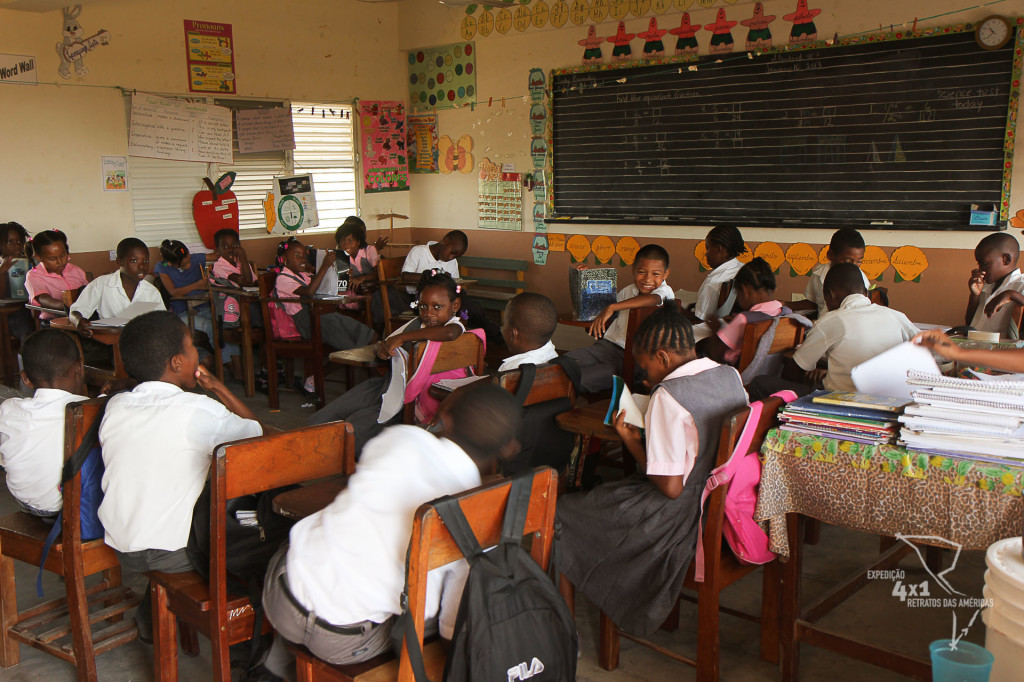

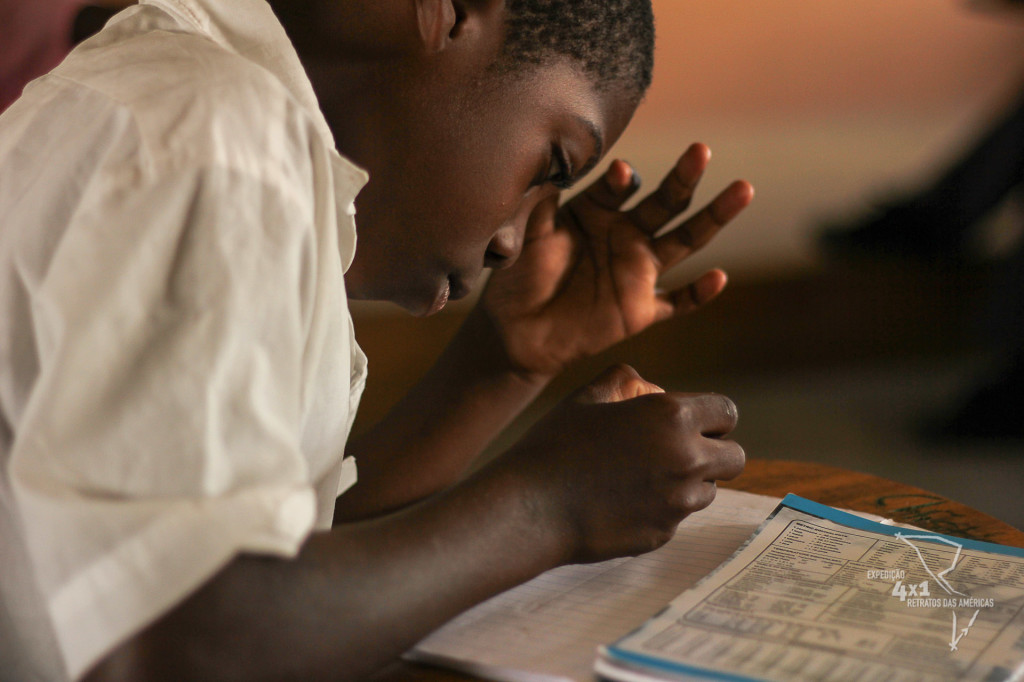
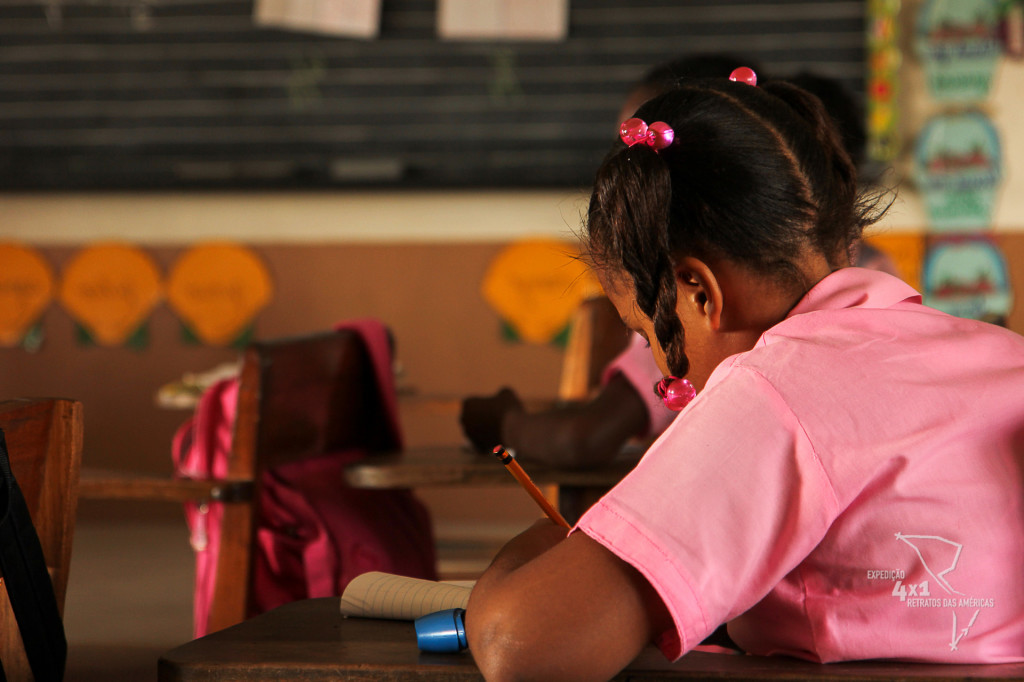
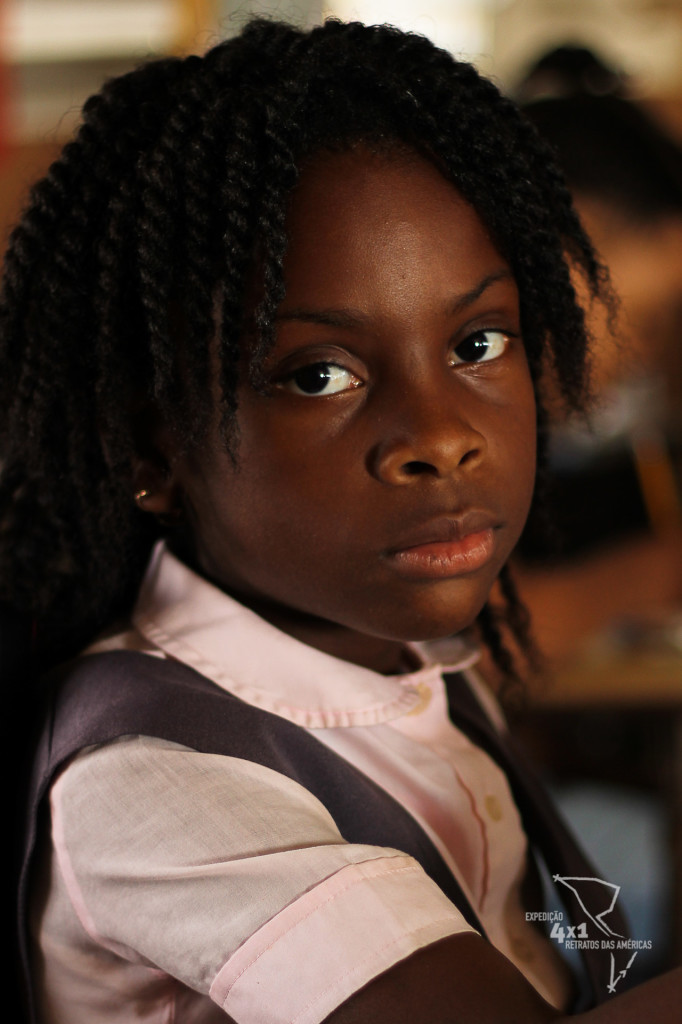
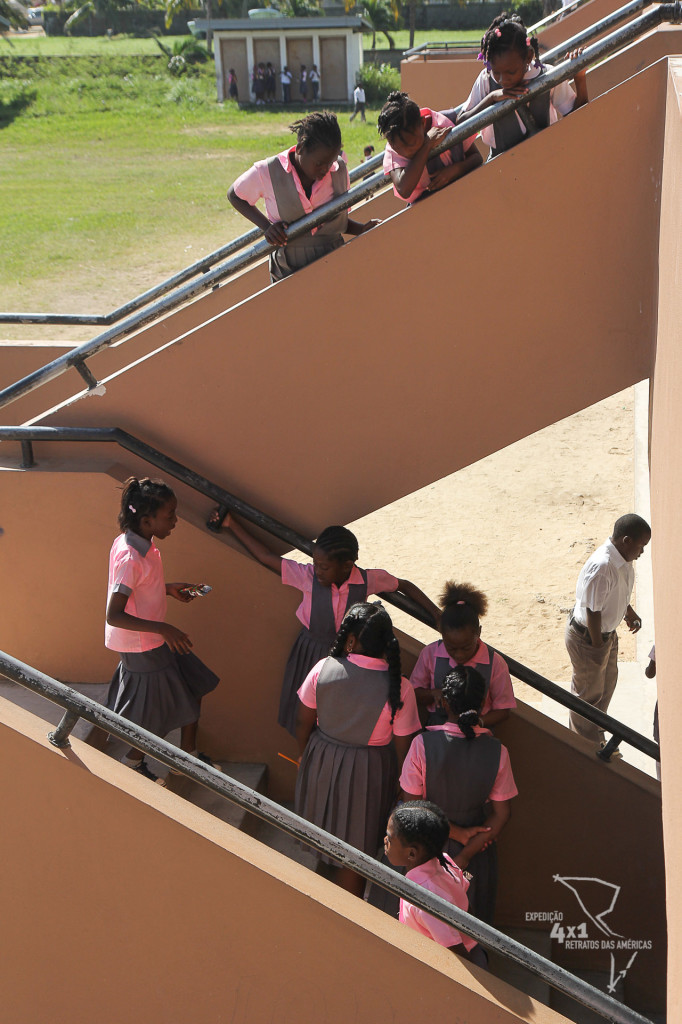
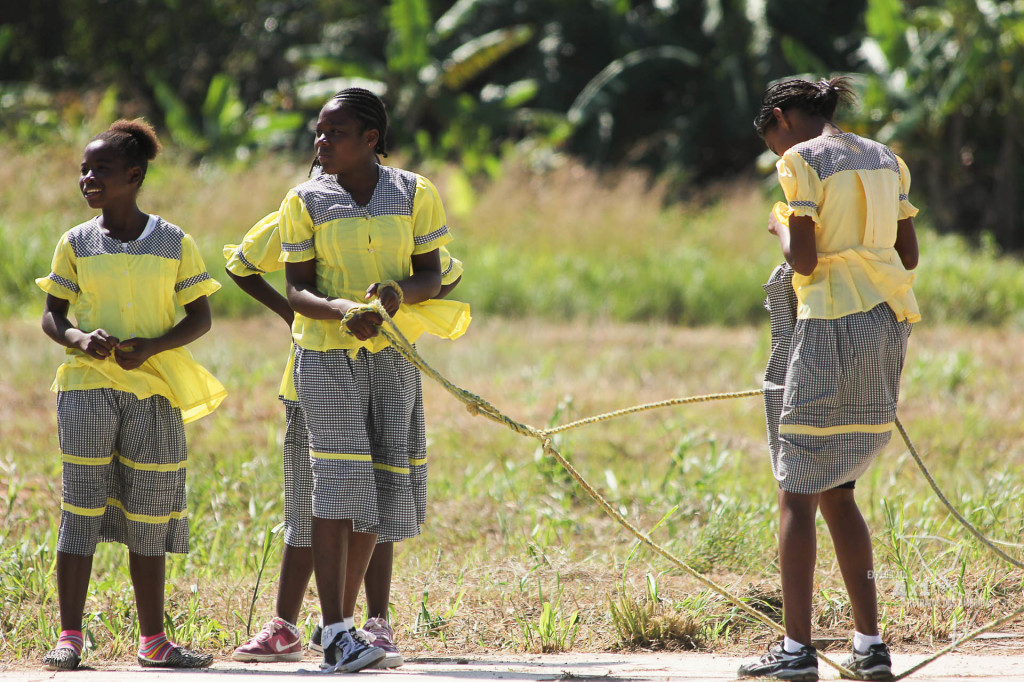
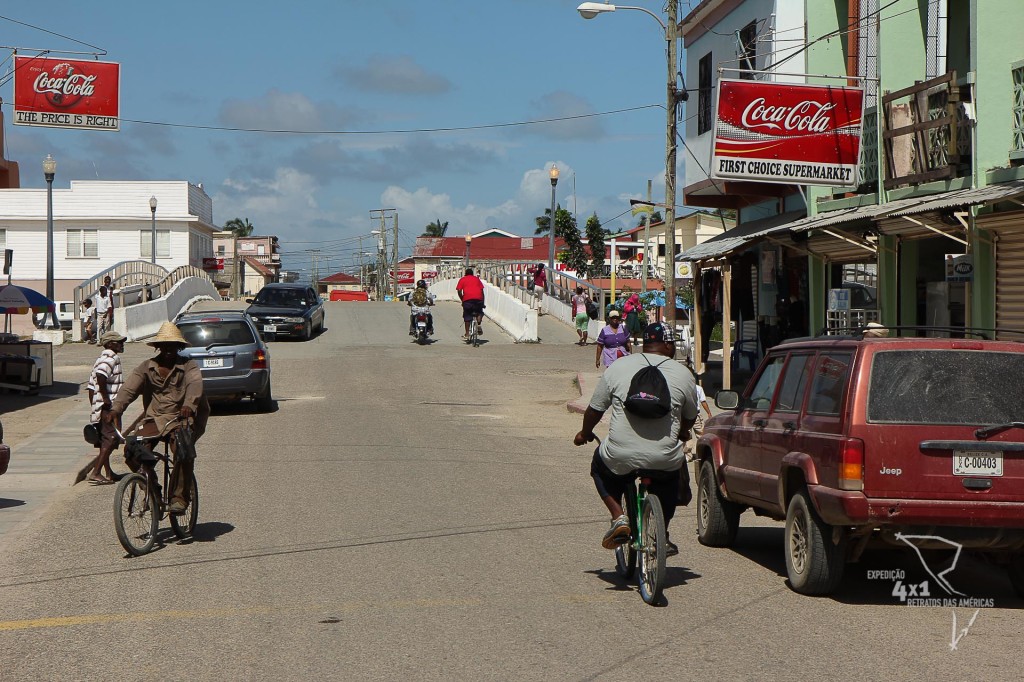





2 Comments
You guys might not know, but our natives have the same artifact, TIipiti, as it is called in Belize, and use for the same purpose. Now here they have a tiny version, that Indian place and pull the finger “chosen by them” and I say; is not easy to remove it! continue a good trip!
Oi Geyza!! We saw this tiny artifact in Bethlehem, in an indigenous crafts store! It is amazing to think that these cultures have such close ties, not? Keeping this in view, there is no doubt that the Garifuna has its origin related to the indigenous people of the Orinoco Delta (Venezuela).
Hugs!!